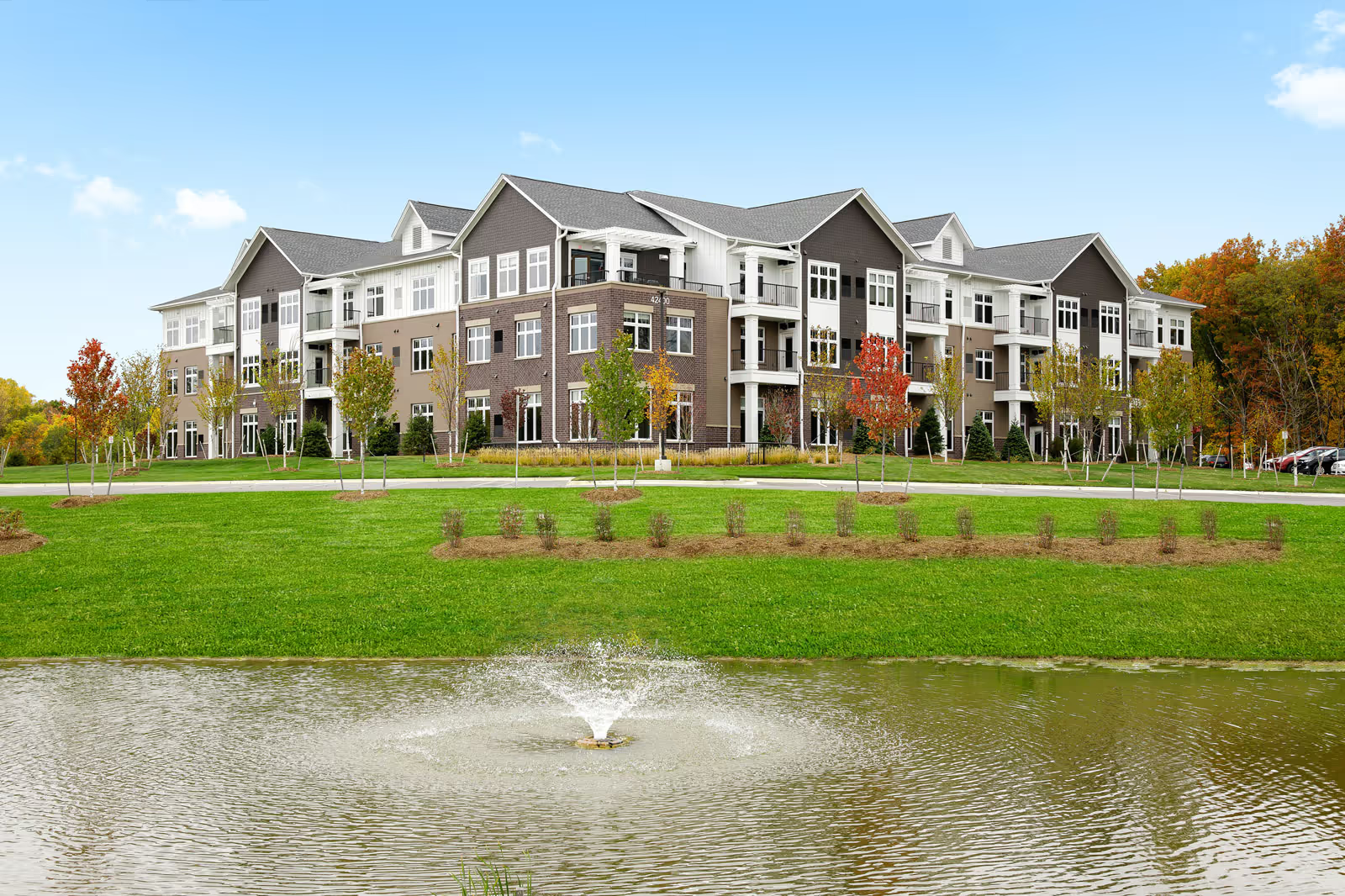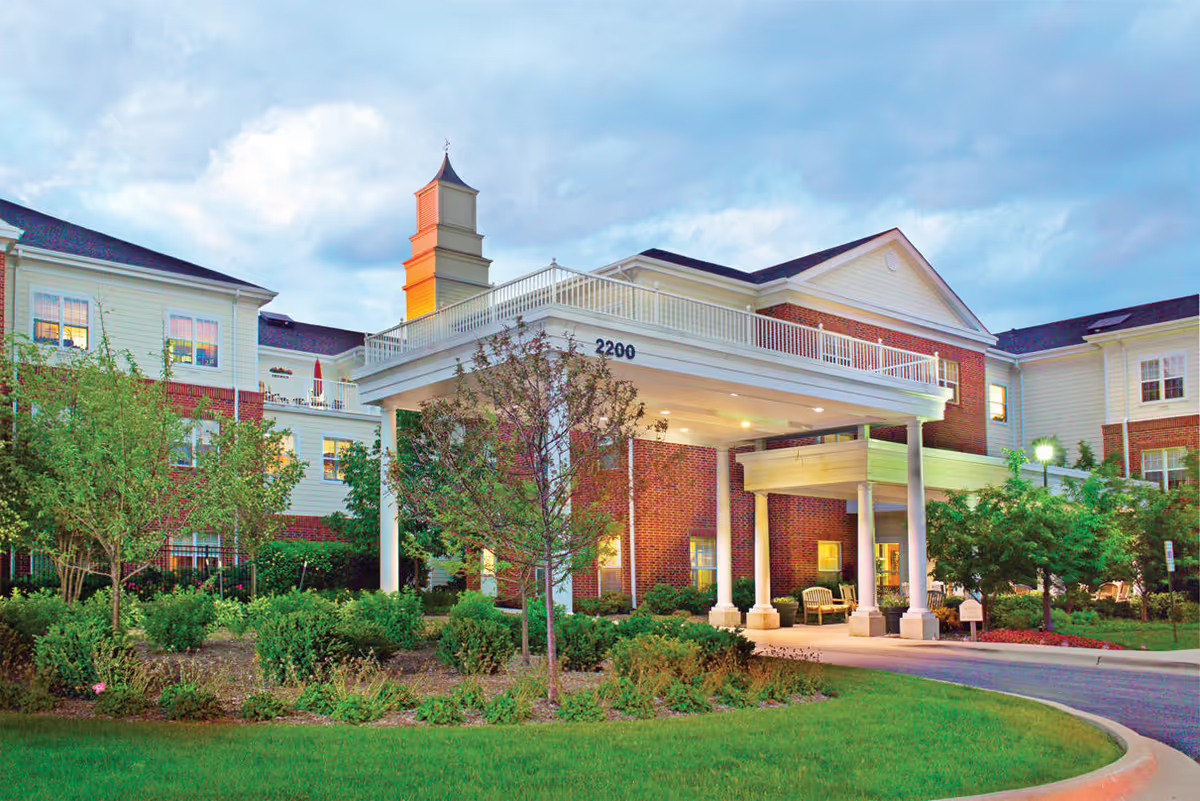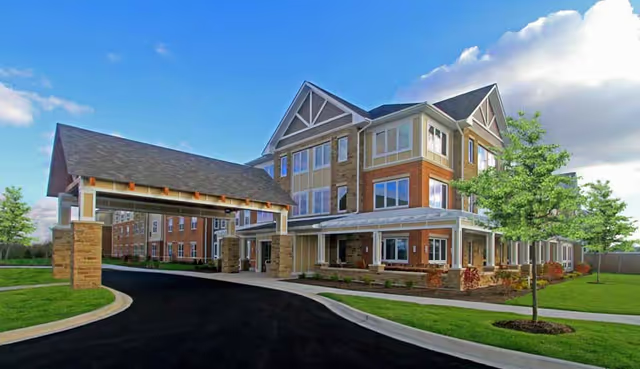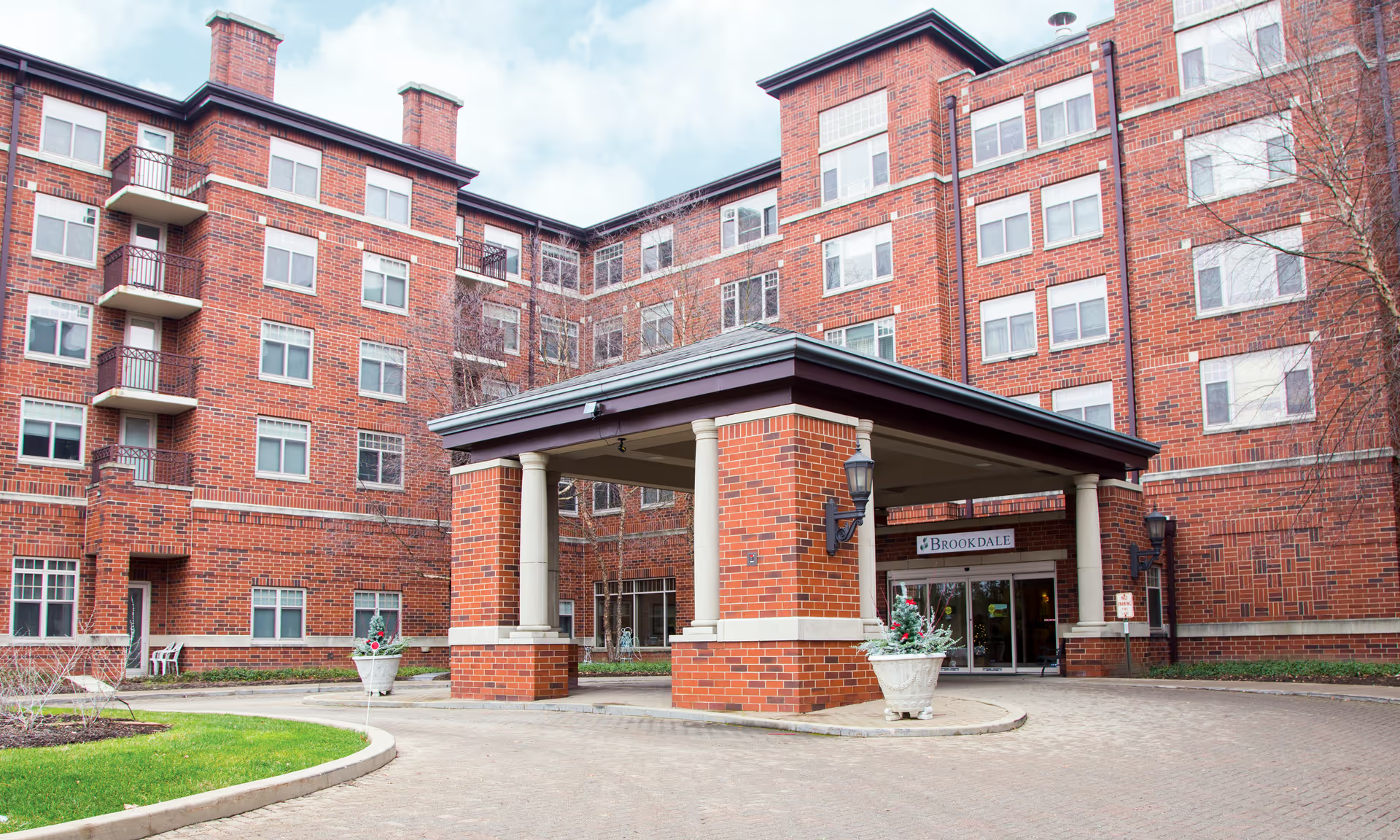Overall sentiment in these reviews is highly polarized: a substantial group of reviewers describe Chesaning Nursing and Rehabilitation Center in strongly positive terms, praising compassionate, professional staff, solid family communication, attention to resident dignity, and effective infection-control practices. Those positive reviews highlight responsive nurses who provide timely help, teamwork among caregivers, a small-town/family atmosphere, active daily programming, and staff who go beyond routine duties to help families arrange special events like birthdays. Several reviewers explicitly call the staff 'angels' or 'top notch' and say their loved ones are treated with love and respect.
Counterbalancing those positive accounts are multiple serious negative complaints that raise safety and quality-of-care concerns. Specific allegations include critical incidents such as oxygen not being hooked up and a patient nearly suffocating, failure of call-button responsiveness, residents left unattended in wheelchairs for hours, falls that required stitches, and recurring claims of neglect. These are not minor gripes; they describe situations that could directly endanger resident health and warrant investigation. Several reviews characterize the facility as understaffed and claim that poor staffing levels contribute to delayed responses and inadequate supervision.
Facility condition and cleanliness are another mixed area. Some reviewers note the center is an older location but focus on the staff quality; others report filthy conditions, strong odors, missing equipment (a missing bed clip was mentioned), and an overall run-down environment. Dining receives mixed feedback as well: some families praise the food, while others report cold meals. The discrepancy suggests variability in day-to-day operations and inconsistent standards across shifts or units.
Communication and management impressions are also split. Numerous families praise good communication, staff who are helpful and kind, and management or nursing teams who arrange logistics and keep families informed. Conversely, other reviewers describe rude or dismissive interactions (for example, a nurse allegedly hanging up on a caller), suspect reviews that suggest possible manipulation, and calls for investigation or closure from very dissatisfied commenters. These conflicting accounts point to inconsistent interpersonal behavior and potential problems in oversight, training, or supervision of staff.
COVID- and infection-control practices come up positively in several reviews: visitors were allowed with precautions, masks were provided, temperature checks were used, and frequent testing occurred. At least one review notes visitation restrictions during COVID but still emphasizes that residents were well cared for and valued. This indicates the facility implemented visible pandemic-related safety measures that reassured some families.
Patterns across reviews suggest inconsistent performance rather than uniformly good or bad care. Many reviewers experienced attentive, compassionate care and effective family support; others report serious lapses that compromise resident safety and dignity. The coexistence of glowing praise and alarming allegations may reflect variability tied to staffing levels, specific shifts, individual caregivers, or evolving conditions at the facility. It also raises the need for verification: families considering this facility should consider recent state inspection reports, ask detailed questions about staffing ratios and incident history, and, if possible, visit unannounced to observe hourly conditions.
In summary, Chesaning Nursing and Rehabilitation Center receives strong commendations for its compassionate staff, family-centered approach, and some operational strengths (activities, teamwork, COVID precautions). However, multiple reviews raise grave safety, staffing, and cleanliness concerns, including specific incidents of alleged neglect. The overall picture is of a place capable of excellent care but with concerning inconsistencies that warrant further scrutiny by families and regulators. Detailed follow-up (inspections, direct questions about recent incidents and staffing, and review of official complaint histories) is advisable for anyone making decisions about placing a loved one there.







